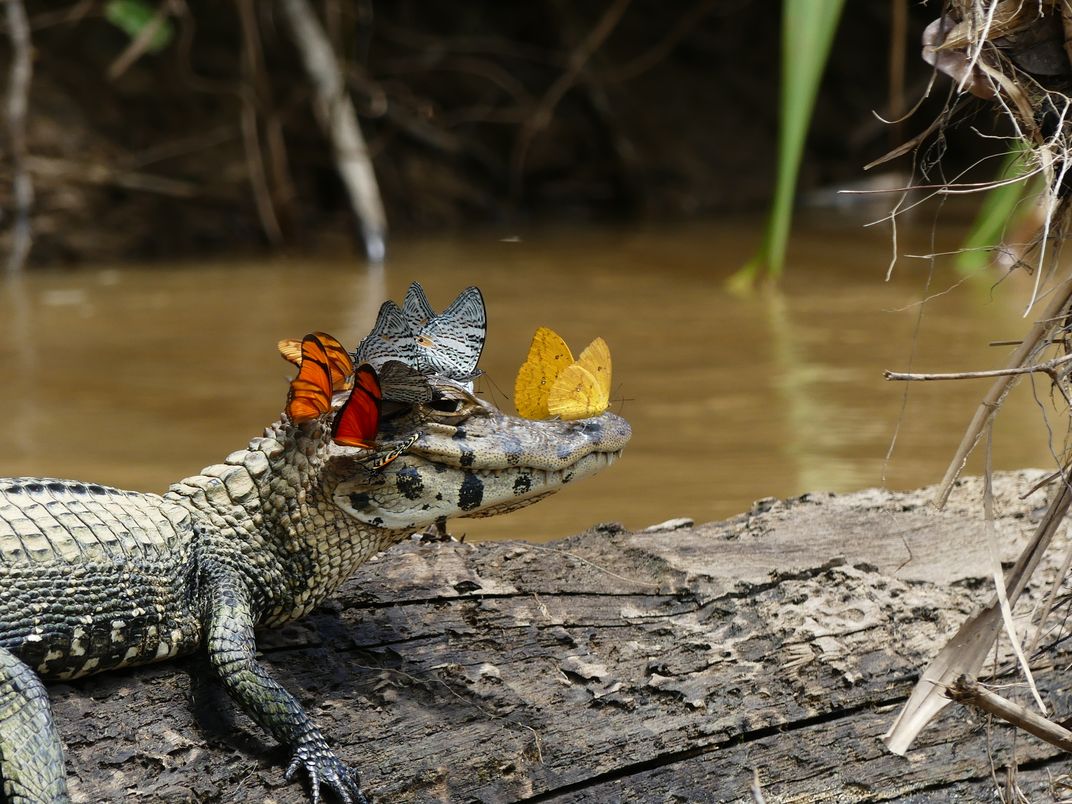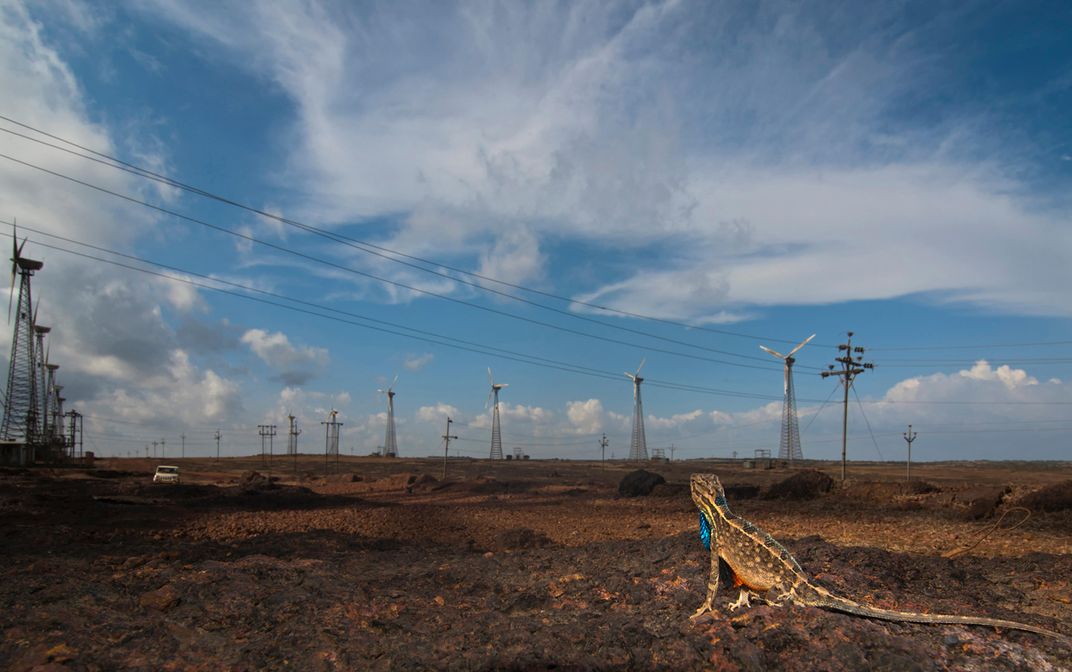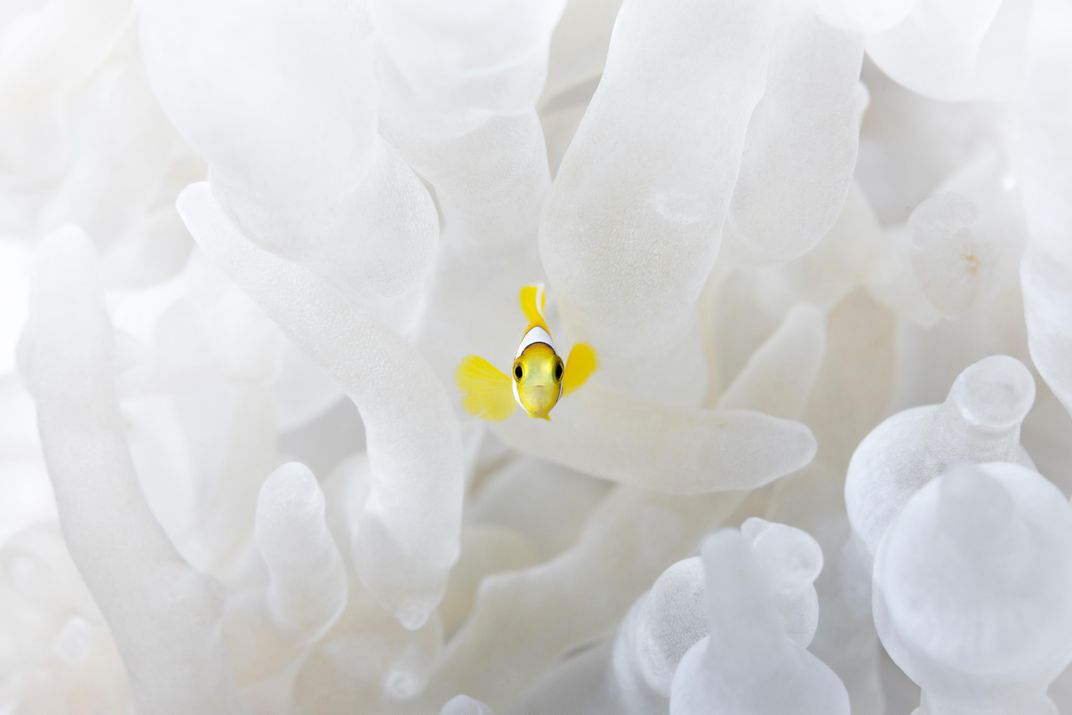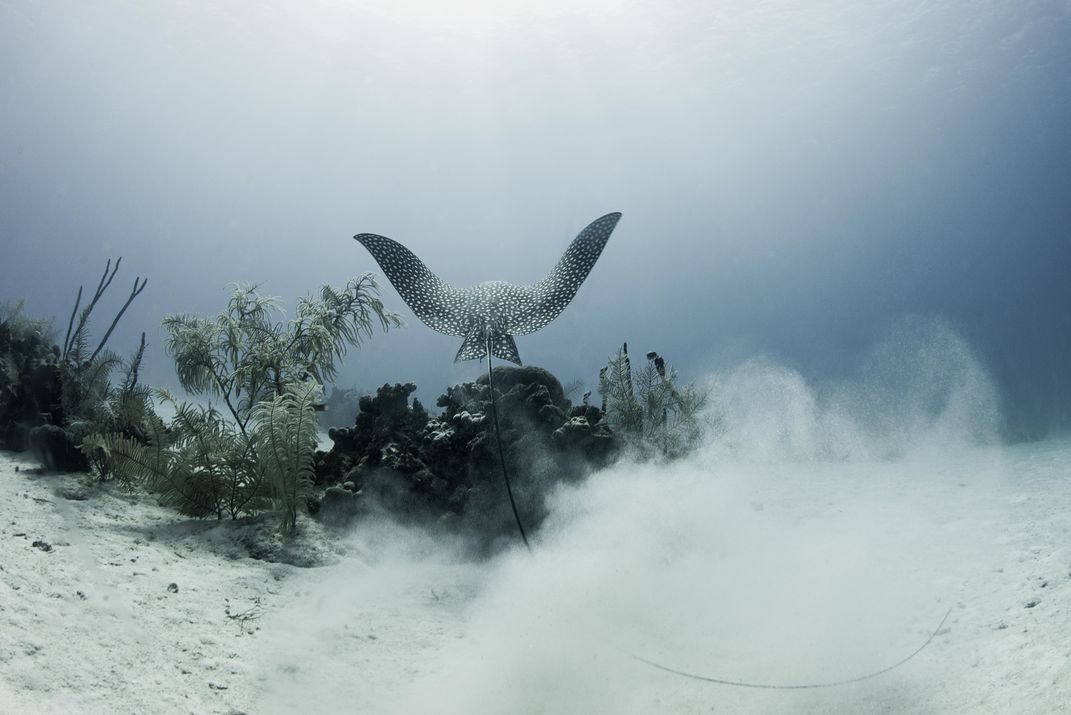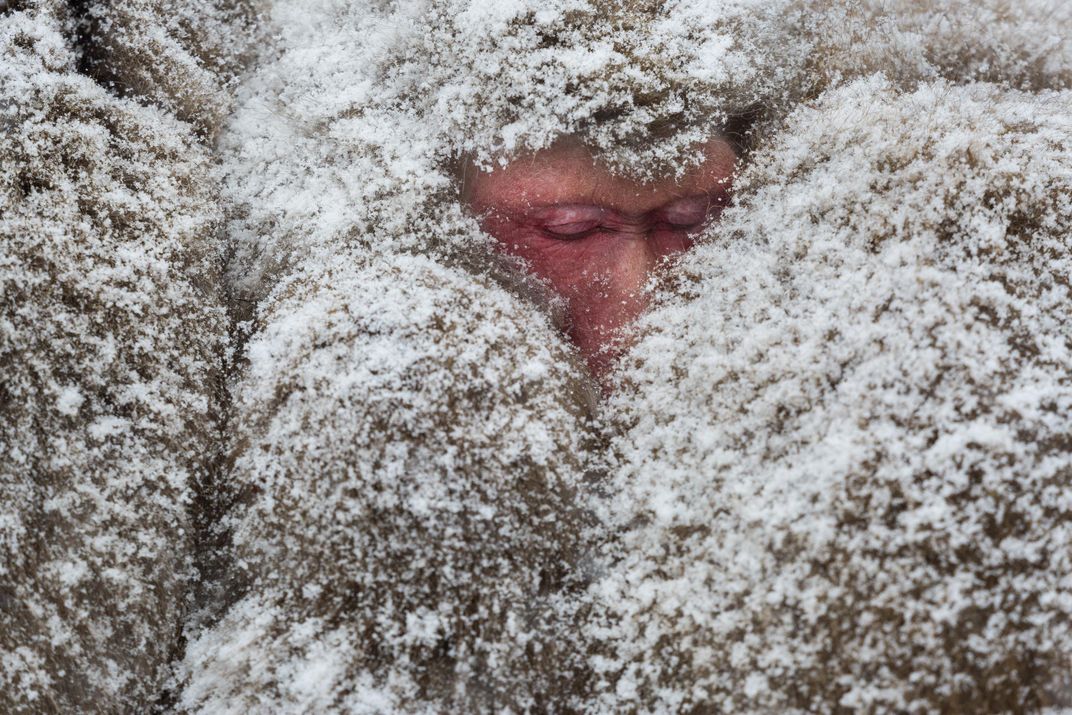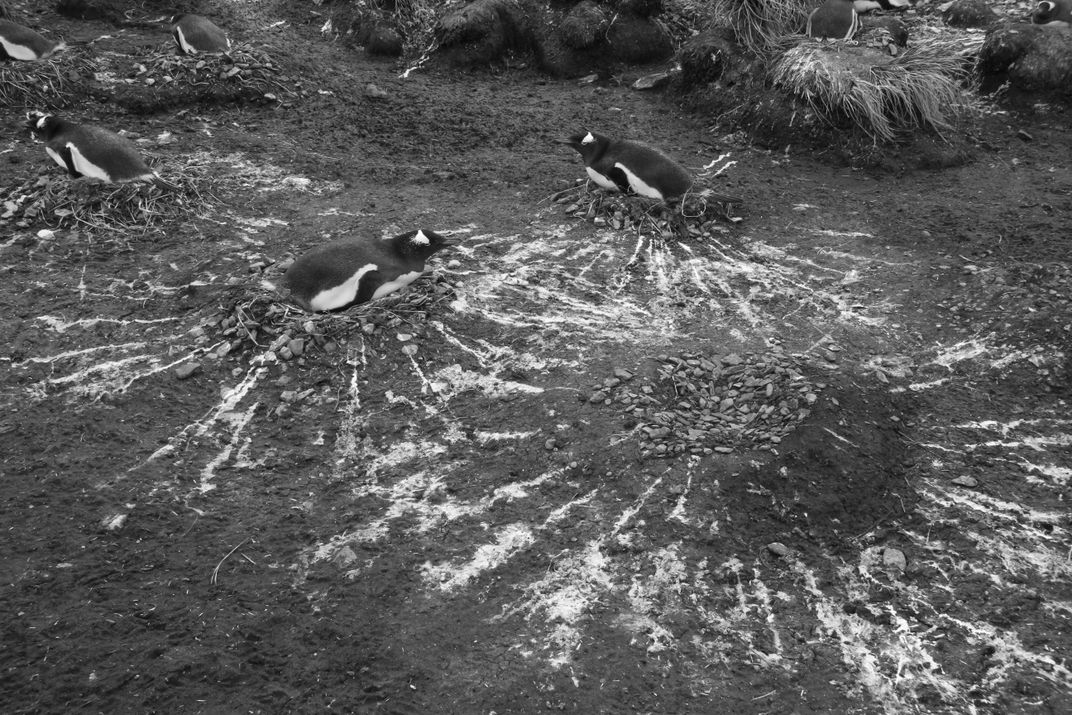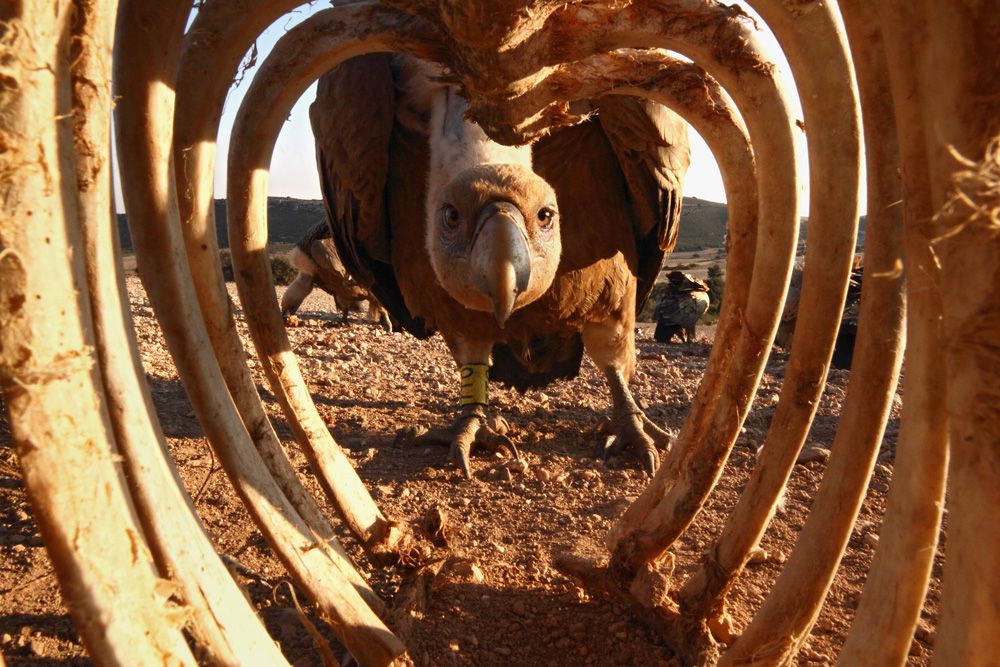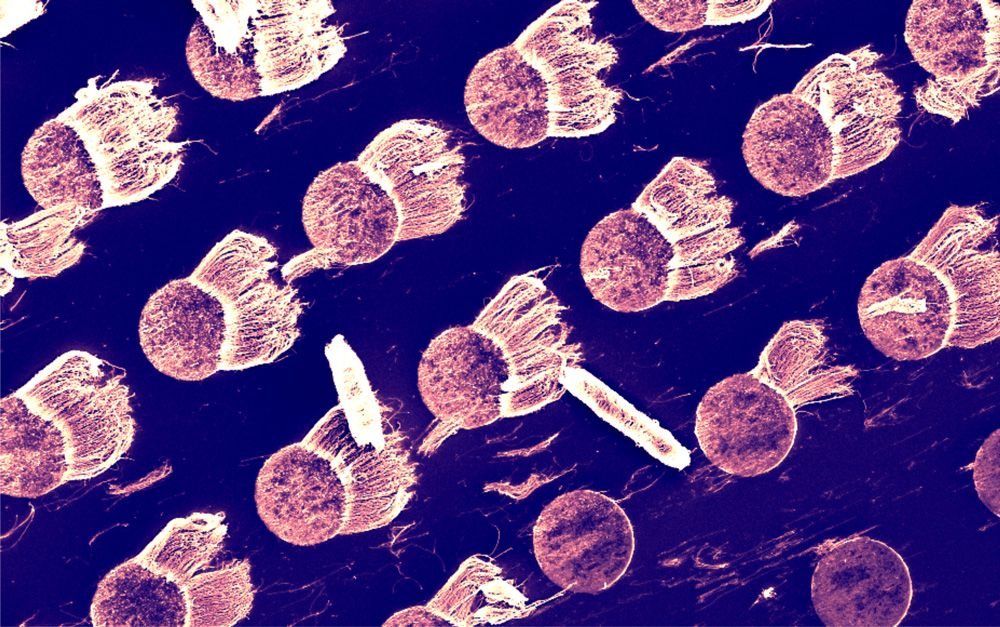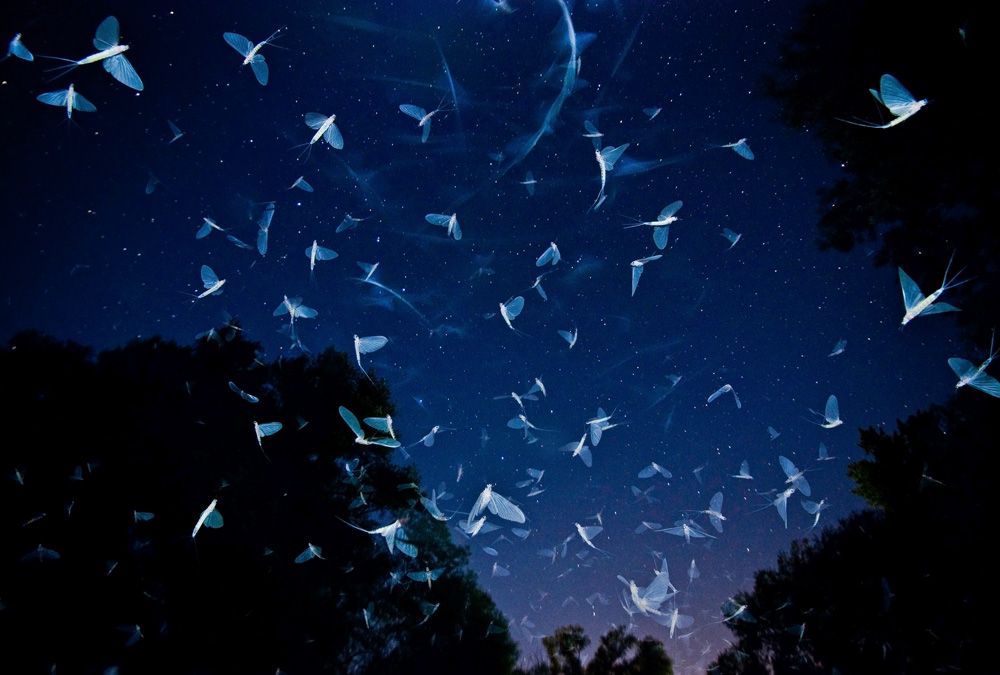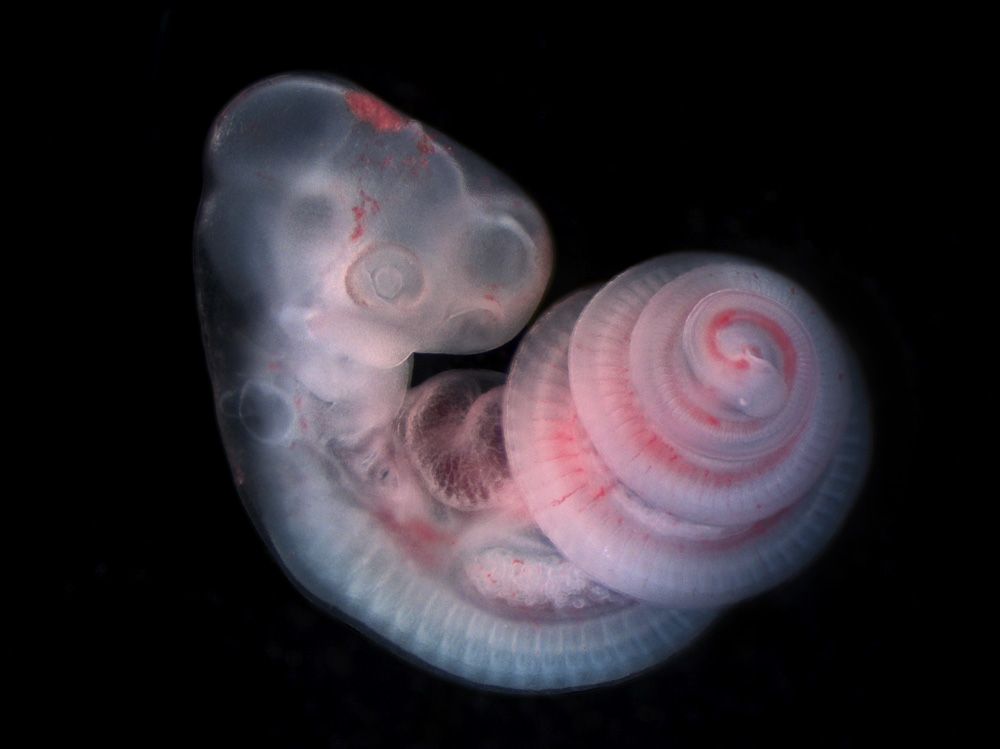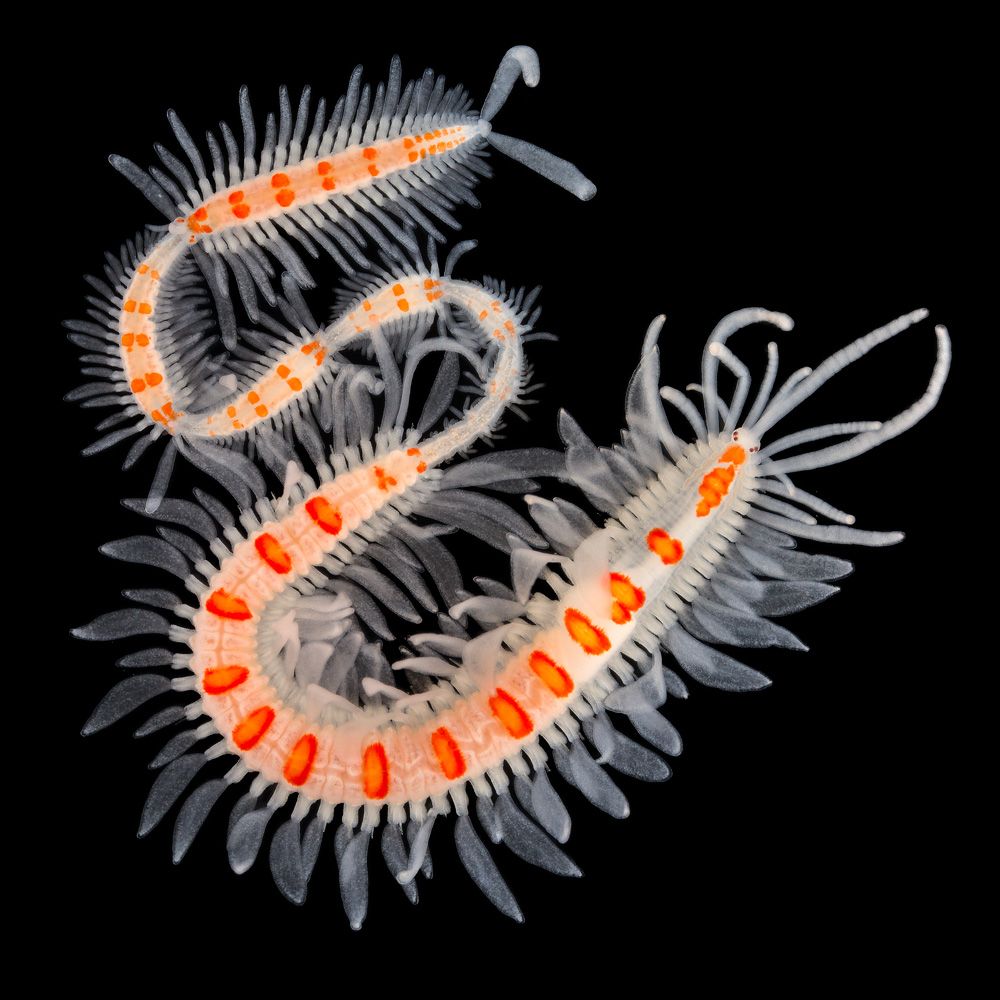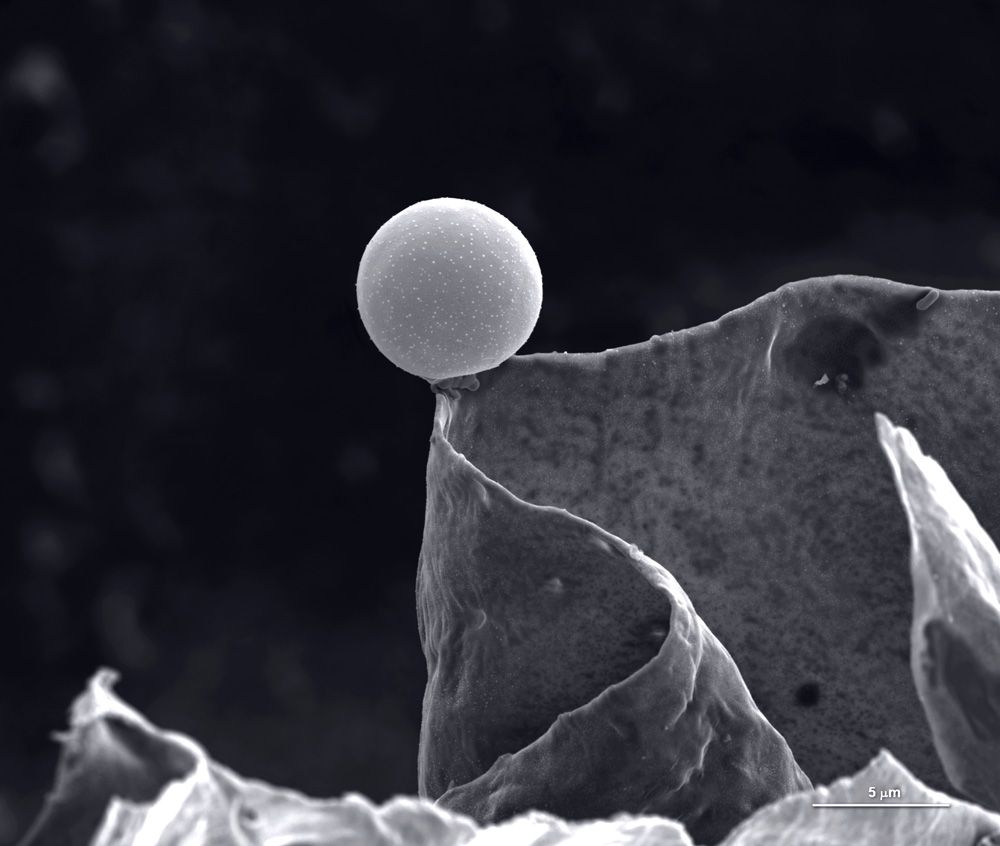Royal Society Photo Contest Winners Capture Breathtaking Details of Our Rapidly Changing World
Winning photos capture moments of stark change in the natural world in the Royal Society’s second annual contest
From a swirling dance of mating mayflies to a lone clownfish swimming amongst a field of bone-white sea anemones, the top photos chosen for the Royal Society Publishing’s second annual nature photography contest showcase small but significant moments in a rapidly-changing world. While these images might not seem earth-shattering, their subtle subjects inspire new ways of looking at the natural world.
Danube mayflies are among the world’s shortest-lived species, but for decades many scientists studying the great European river thought the insects might have left their namesake for good. During the 20th century, the Danube and many of its smaller tributaries became so polluted that the delicate mayflies could no longer thrive in the river’s waters. Thanks to recent efforts to clean and reclaim the river from pollution, however, the mayflies have once again begun swarming the night skies, as captured in Imre Potyó’s contest-winning photograph, “Dancing with stars.”
“For me, the mass swarming of Danube mayflies is one of the most exciting phenomenon in nature,” Potyó, an environmental researcher, says in a statement. “The life of an adult mayfly is very short. They hatch from their juvenile aquatic form, mate in this fantastic spectacle, and then perish. It’s difficult to capture as their mating swarms are unpredictable and can last only a couple of hours. For me this shot captures the fantastic energy and chaos of the mayflies and the mood of the night time too.”
Potyó’s photograph, which also won first place in the contest’s behavior category, captures the moment that the female mayflies begin their flight upstream to deposit their eggs after mating. Once their latest clutch has been laid, the exhausted insects plummet into the water and drown. Yet, as judge and award-winning nature photographer Alex Badyaev says in a statement, the juxtaposition between the fleeting lives of these endangered insects and the night skies that trigger their mating rituals is what made Potyó’s photo stand out.
“The winning image combines ephemerality with constancy and emergence with predictability,” Badyaev says in a statement. “In doing so, it captures the essence of this species’ natural history – an explosive, once-in-a-lifetime, mating dance of one of the world’s shortest-lived animals triggered and revealed by the millions-of-years old light of distant stars”.
While the mayflies might represent a triumph of conservation, Tane Sinclair-Taylor’s photograph of a yellow clownfish against a background of bleached sea anemones shows the flipside of humanity’s affect on the natural world. This summer, scientists announced that many of the world’s largest and most important coral reefs were experiencing the largest bleaching event in history, most likely due to rising temperatures and acidity in the ocean due to climate change. The photograph won first place in the contest’s evolutionary biology category.
The other two winning images showed off more of a beautiful side to the natural world. Nick Robertson-Brown’s photograph of an eagle ray swimming off with a caught fish off the Cayman Islands secured a win in the ecology and environmental science category, while María Carbajo Sánchez’s shot of a microscopic orb of carbon balanced on the edge of the nutshell it was carved from took home the top prize in the micro-imaging category.
All four winning photos, as well as many of the contest’s top entries, will be on public display at the Royal Society’s London headquarters on September 17 and 18.
